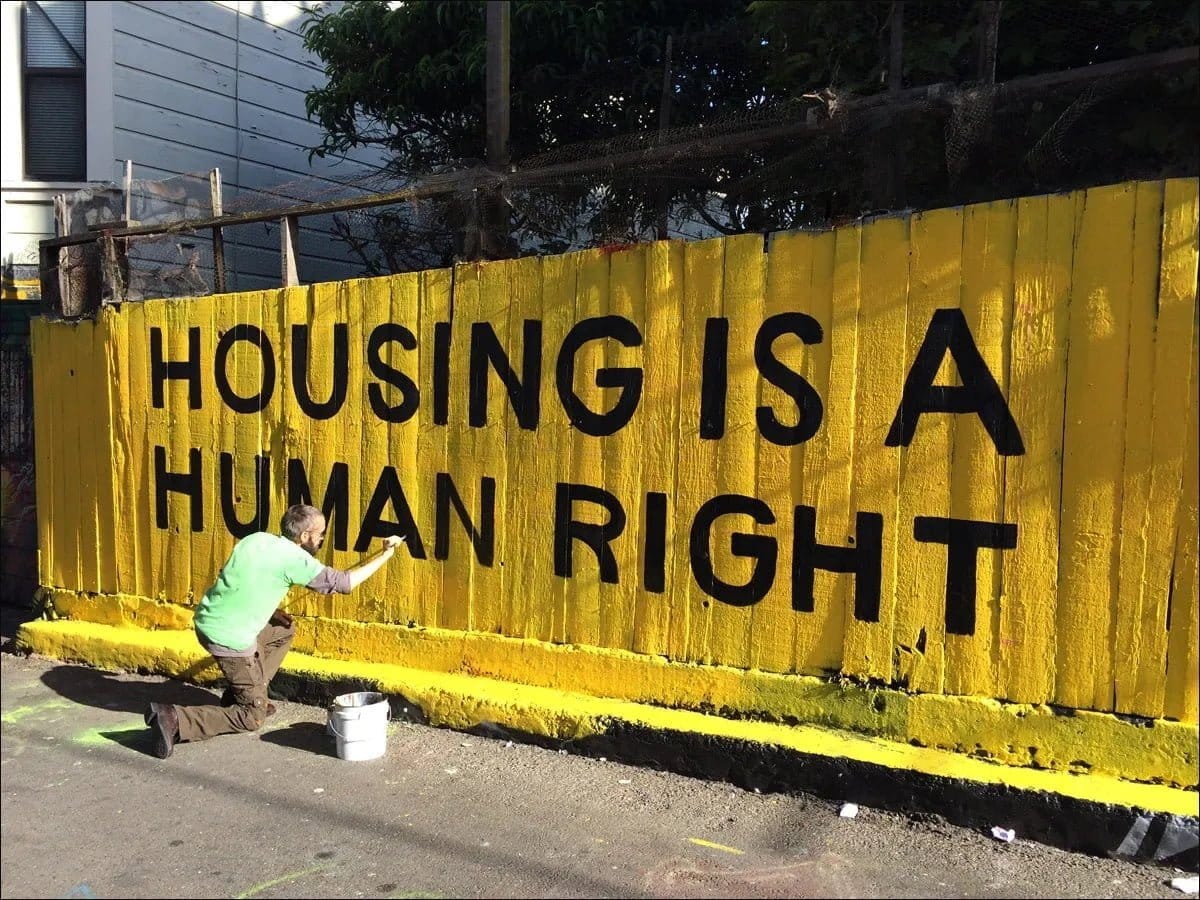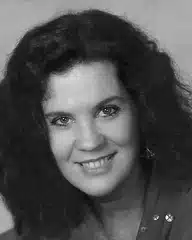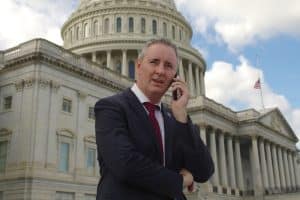As of 2021, the U.S. Census Bureau named Bucks County one of the wealthiest counties in Pennsylvania and home to more than 1,500 millionaires. The median income for Bucks County topped out at $99,302 a year – about 32 grand higher than the commonwealth median of $67,587.
Another federal agency, the U.S. Department of Education, released other statistics recently about Bucks County and these are a little more grim. In the academic year 2020 – 2021, 754 students experienced homelessness. If you’re home doing the math, that’s one student for every two millionaires.
How does such a wealthy county have so many unstably housed students? Diane Nilan – national advocate for children and an architect of the McKinney Vento Homeless Assistance Act that mandates kids without permanent, adequate or stable housing have unhindered access to education explains it simply, “Wealthy counties have homeless populations because people can’t afford the rents there.” She says it’s particularly tough when “the workers in their communities try to secure housing near their jobs.”
A fair number of kids experiencing homelessness live in Bucks County Shelters. Family Promise, A Woman’s Place and others (you can access a list of agencies providing assistance at the county website) provide shelter to families in need. Still more families double up with friends and/or relatives – often in unworkable and overcrowded situations. This all makes the McKinney Vento legislation even more important. “For these kids,” Nilan explains, “school means everything. It means a break from the chaos in their home lives. School can help get kids the help they need to succeed.”
Joe Willard, Vice President for Policy of HopePHL – a Philadelphia based agency that provides housing, advocacy and trauma response – is impressed by the statistics for Bucks County. “Something positive is going on in Bucks County. They are enrolling more kids experiencing homelessness in Head Start and identifying more kids K thru 12 then they had in previous years despite COVID.” From Willard’s perspective, the county’s wealth hasn’t stopped them from identifying kids in need. “It’s apparent that Bucks County does a better than average job reaching out and helping the children who are unstably housed.”
That’s not the case in the rest of southeastern Pennsylvania where the pre-pandemic number of children and youth experiencing homelessness was higher than now. Philadelphia’s count fell by nearly 3,000 – 8,040 kids to 5,299 in the first two years of the lockdown and subsequent re-opening of schools. The recognized number of kids experiencing homelessness has likewise fallen below pre-pandemic levels in neighboring Chester, Delaware and Montgomery Counties.
Nilan explains that this reflects a national trend. “The kids that are not showing up in our current McKinney Vento numbers might not be going back to school. Older kids may have gone to work. Families might have drifted into other living situations and are confused about whether they are still considered eligible for support. It’s common.”
But she is quick to add, “Not everywhere. I’ve seen school districts that have gone out of their way to make sure kids get what they need.” One of those school districts is Bucks County’s Council Rock. Anthony Devlin, the district’s director of special services, has a good idea why his district is keeping up with their numbers. “We are diligent. We try to make sure our students don’t have an inconsistent education. We assure the kids’ transportation and work with community partners to provide for the needs of our students.”
Devlin gives additional credit to the Bucks County Intermediary Unit. “Michelle Connor runs a great program. She and her team make sure we appropriately report and support students experiencing some kind of homelessness.” HopePHL’s Willard likewise credits Connor, and said, “I have to give a shout out to Michelle. Her unit works tirelessly to identify and help students.”
What does that help look like? The federal law is as explicit as it is simple. All barriers must be removed from an unstably housed child’s education. That means – as explained by the Education Law Center’s fact sheet, “Under the McKinney-Vento Act, students experiencing homelessness have the right to stay in their current school even if they no longer live in the same neighborhood.” If that’s not possible, students must be immediately enrolled in a new school – no matter their address or lack of one.
Secondly, those children must not face any additional barriers. If transportation is necessary to keep a student in the school they attended before homelessness, the law demands that transportation be provided. The same goes for access to school meals, equipment and testing.
As good a job as Bucks County is doing, Council Rock’s Devlin knows that he and the other school liaisons could do more for young people if the community were more aware of what the students need. “Most needy families have pride and will not ask if community members can help. It could be different if we offered help from the outset instead of waiting for someone to ask.” Devlin knows that outreach is key, but he can’t share the identities of students and their parents who need help. “Sometimes community members get upset that we aren’t feeding back information.”
Willard suggested assistance that could help the kids they advocate for regularly.
“Kids need tutors. Community members could volunteer to work with a shelter,” he said. “Kids and their parents need transportation in addition to getting back and forth to school: Septa cards are helpful. School districts could use gift cards for their students. The shelters could too.”
And, while Bucks County is bucking the trend for under reporting, they could still use help getting the word out to parents. Council Rock’s Devlin cautioned, “If parents don’t come forward and let the school know they don’t have a fixed or permanent housing, then the schools can’t help.”
From the outside looking in, Nilan had a few more suggestions, “A county with a lot of wealth could really partner with the schools to provide for the kids in need. Working closely with liaisons, communities could provide resources: tutoring, band instruments, sporting equipment. Schools don’t generally have the funds to provide those extra school experiences that enrich kids’ lives. I bet the communities in Bucks County could.”







